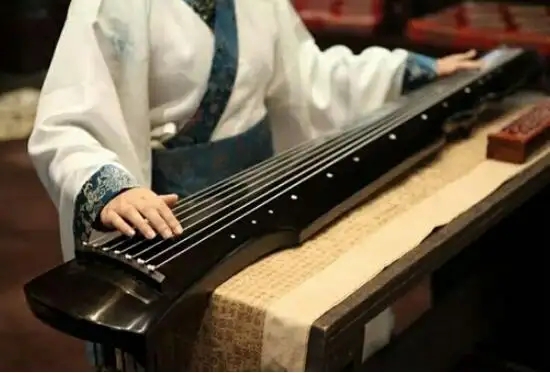Deciphering the mystery of ancient music score: the art of making music from character score to subtracting character score
Guqin, as one of the oldest plucked instruments in Chinese traditional music culture, its musical inheritance depends on a unique way of notation - Guqin music. The writing and interpretation of Guqin music, also known as "making music", is a comprehensive art that integrates music, literature, history and philosophy, and is also the core component of Guqin culture.

The development of ancient music
Guqin music has a long history, and the original notation form is written notation. This notation originated from the Warring States Period until the Southern and Northern Dynasties. Taking the Jieshi Diao · You LAN as an example, which is the only one that has survived to this day, the notation records in detail the playing technique, string sequence and emblem position of each note. However, due to its complicated expression, it is quite difficult to read and play.
The evolution of character notation to subtractive character notation
With the development of The Times, in the Tang Dynasty, Cao Rou creatively invented the reduction of characters, which greatly simplified the notation of the Guqin. By skillfully combining the information of playing fingering, string sequence, emblem position into simplified characters, it is intuitive and easy to understand and remember. The reduced character spectrum mainly includes four parts: the upper part indicates the action of the left hand according to the string, such as hook, pick, break, beat and other fingering and its position on a certain string; The lower part records the string movements of the right hand, such as scattered, pan, press, etc., while combining the emblem position of the internal logo and the string sequence of the external logo, together forming a complete note information.
The art practice of making music
Making music is the process of interpreting, reconstructing and deducing according to the guqin score. This is not only a simple conversion of musical symbols into sounds, but also a process of deeply exploring ancient people's musical thinking, aesthetic taste and emotional expression. In the process of making music, every piano player needs to combine his own music cultivation, artistic perception and understanding of the ancient music, through repeated trying to play, fathom, and even innovation, to wake up the melody sleeping in the ancient music and give it new life.
Therefore, making music is not only a necessary means to restore guqin music, but also an in-depth study and inheritance of traditional music culture. Every successful Guqin score work is the re-creation of the essence of guqin music by the ludists, and a dialogue across time and space to the aspirations of the ancients.
 渝公网安备 50010702504639号
渝公网安备 50010702504639号